Where Is the Stock Market Headed Now? 14 Wall Street Pros Sound Off
Getting a handle on the stock market's direction is becoming increasingly difficult as volatility has ratcheted up and daily moves of 5% or more have become commonplace.
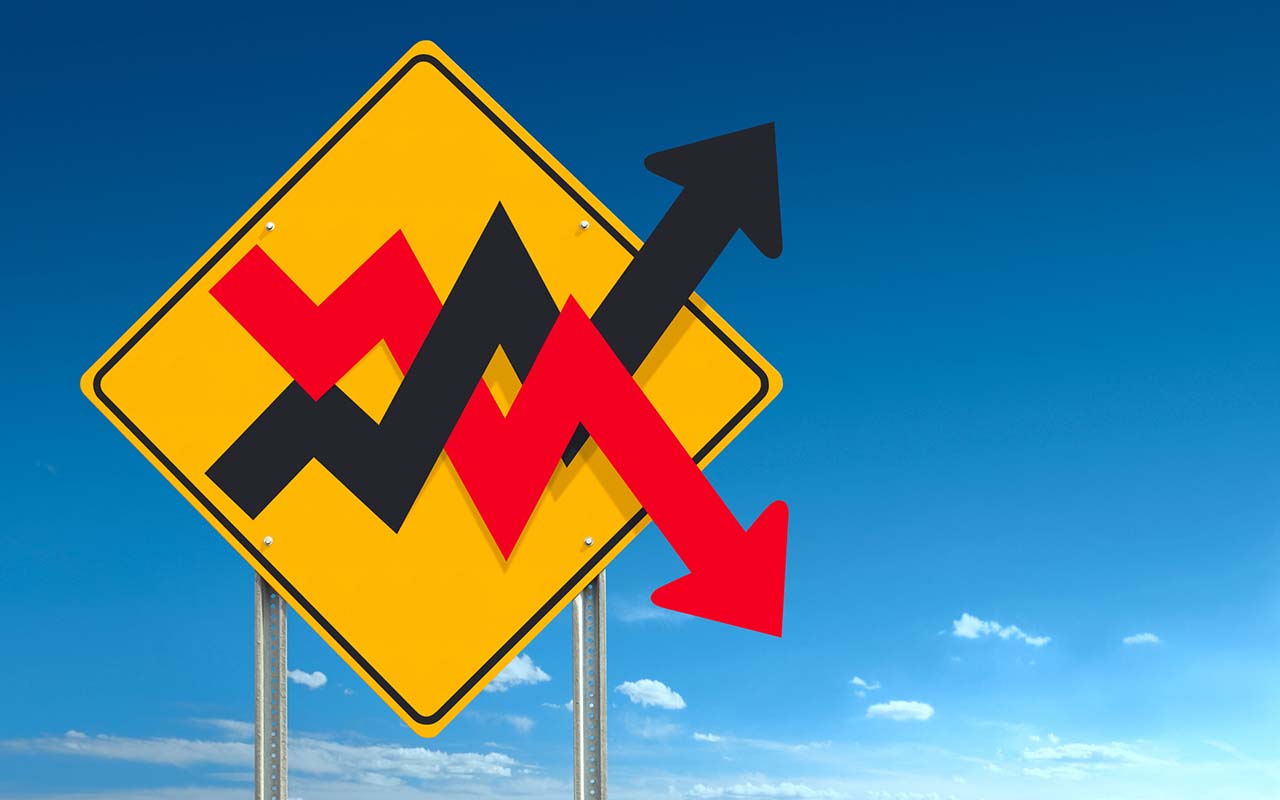
Getting a handle on the stock market's direction is becoming increasingly difficult as volatility has ratcheted up and daily moves of 5% or more have become commonplace. The S&P 500 has already lost a third of its of its value from its Feb. 19, 2020, peak, and some (though not all) analysts see even lower prices ahead.
Economists and market strategists are predicting that the 2020 bear market could descend as low as 60% losses as the economic fallout from the coronavirus outbreak begins to look very, very real. Small business owners are being forced to close up shop en masse. Many U.S. manufacturers, including the "Big Three" automakers, have halted production at their North American facilities. Airlines, cruise operators and hotel owners have seen their businesses rapidly dry up. Crude oil prices are in a deep bear market.
Meanwhile, European and U.S. stimulus packages designed to back businesses and consumers alike have barely moved the needle. But those governments – and many more across the world – still are preparing even more measures to throw at the coronavirus effort.
So where does the stock market go from here? Here's what 14 Wall Street investment bankers, analysts and financial advisors had to say about what's coming for America's stocks, the economy and corporate earnings.
Disclaimer
Data is as of March 23. Commentary provided via interviews and research reports from March 19-20, unless otherwise noted. Note that analysts can and do update their price targets and outlooks as market conditions change. This article is a snapshot of different expert views amid the current bear market.
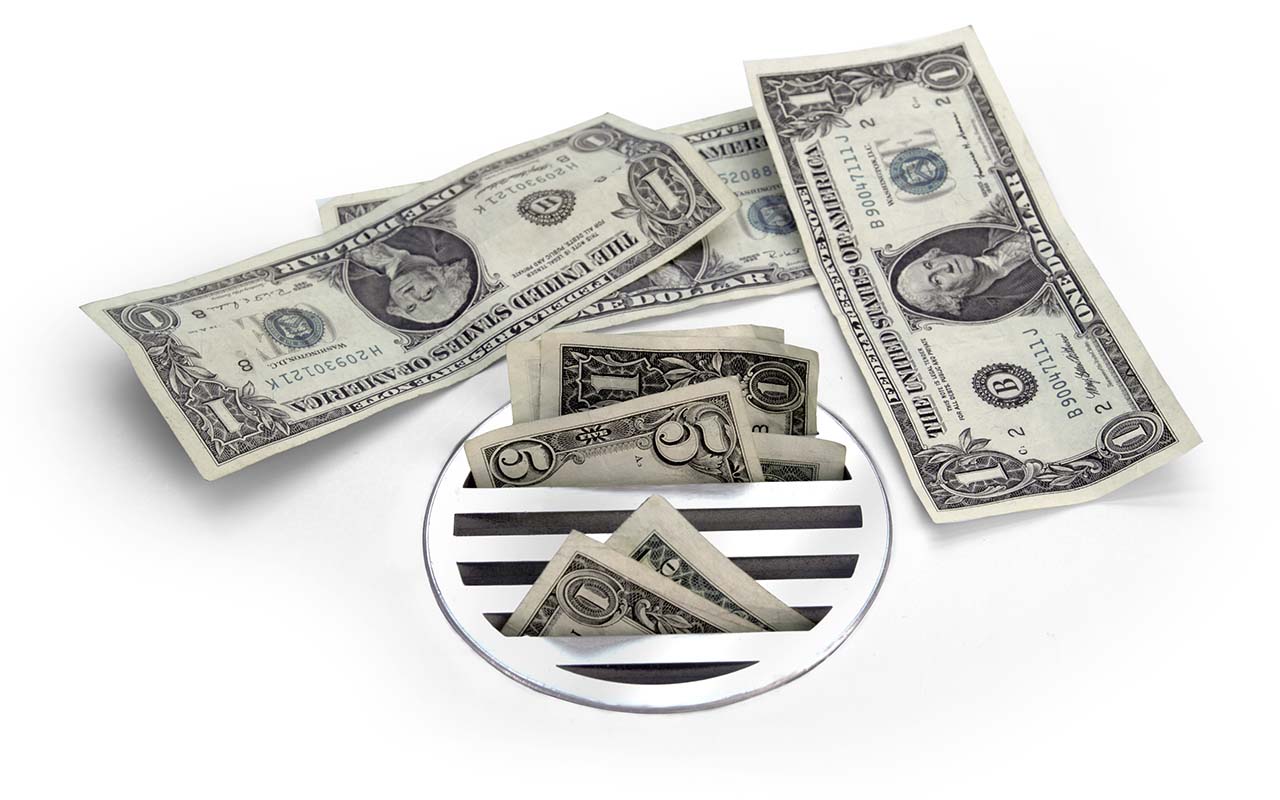
U.S. GDP, Corporate Earnings Expected to Decline
Savita Subramanian, head of US equity and quantitative strategy at Bank of America:
"With COVID-19 shutting down major U.S. cities and Europe, our economists now forecast a recession in 2020, with global GDP growth dropping to near zero this year, matching the major recessions of 1982 and 2009. U.S. GDP is slated to be -0.8%. GDP growth is likely to surge when economies come back 'online.'"
"Our new 2020 EPS (earnings per share) forecast of $138, -15% YoY, has the same quarterly arc as our team's U.S. GDP views, with trough growth in 2Q and a recovery in the second half assuming virus containment by the end of 2H. But given the fluid nature of this crisis, we will refresh our views in our 1Q preview, and regularly thereafter."
That said, Subramanian doesn't see the pain being doled out equally across the stock market:
"The outbreak is most disruptive for Discretionary groups (Travel, Restaurants, etc.) but has tentacles into defensives like Staples/Beverages (travel retail) and Health Care (China supply issues). Given the demand and supply shock for oil, we assume a worse downturn in Energy EPS vs. 2015/16, with sector earnings down over 100% for the year. We expect bank earnings to fall ~50% as per our analysts' recession scenario. Cyclicals will likely see big drops in the (first half of the year), but expect a strong second half recovery in some cyclicals geared to pent-up manufacturing and potentially consumer demand amid low rates/stimulus (assuming a short-lived downturn)."
Source: BofA Global Research report

'Severe Global Recession' In Store Before a Rebound
Torsten Slok, chief economist, managing director; and additional analysts, Deutsche Bank Securities:
"Covid-19 has become a pandemic and spread further and more rapidly than was generally expected several weeks ago. We now have early evidence of the negative economic impact on China and it has been far in excess of our initial projections. This, among other factors, including more widespread and draconian containment measures to deal with the spread, the emergence of strain in credit markets, and sharp tightening of financial conditions have caused us to revise down substantially our global growth forecasts in the first half of the year.
"In light of these developments, we now see a severe global recession occurring in the first half of 2020, with aggregate demand plunging in China in Q1 and in the EA and U.S. in Q2. The quarterly declines in GDP growth we anticipate substantially exceed anything previously recorded going back to at least World War II.
"The fiscal response could turn out to be huge, with serious discussion in the US of stimulus packages amounting to 6% of GDP on top of already significant automatic stabilizers. In Europe, the fiscal rules have been effectively suspended and leaders pledge to spend 'whatever it takes.'
"We cannot stress enough the degree of uncertainty surrounding these projections. … Our baseline forecast assumes that the severe containment measures being taken will succeed in flattening the epidemic curves by midyear in the EA and US, and that activity there will begin to bounce back in Q3 and Q4, supported also by the massive policy responses.
"The declines we have seen in the stock market are very dramatic and driven by the uncertainty in the large differentiation of official and true cases. We are probably underestimating the number of cases.
"Markets want more clarity and if the cases are beginning to slow down and can stabilize and then the market can see more upside and clarity. Given that clarity is not there yet, we are still worried about downside risk to the stock market. We still do think there could be more downside risk."
Source: Deutsche Bank Securities report, interviews
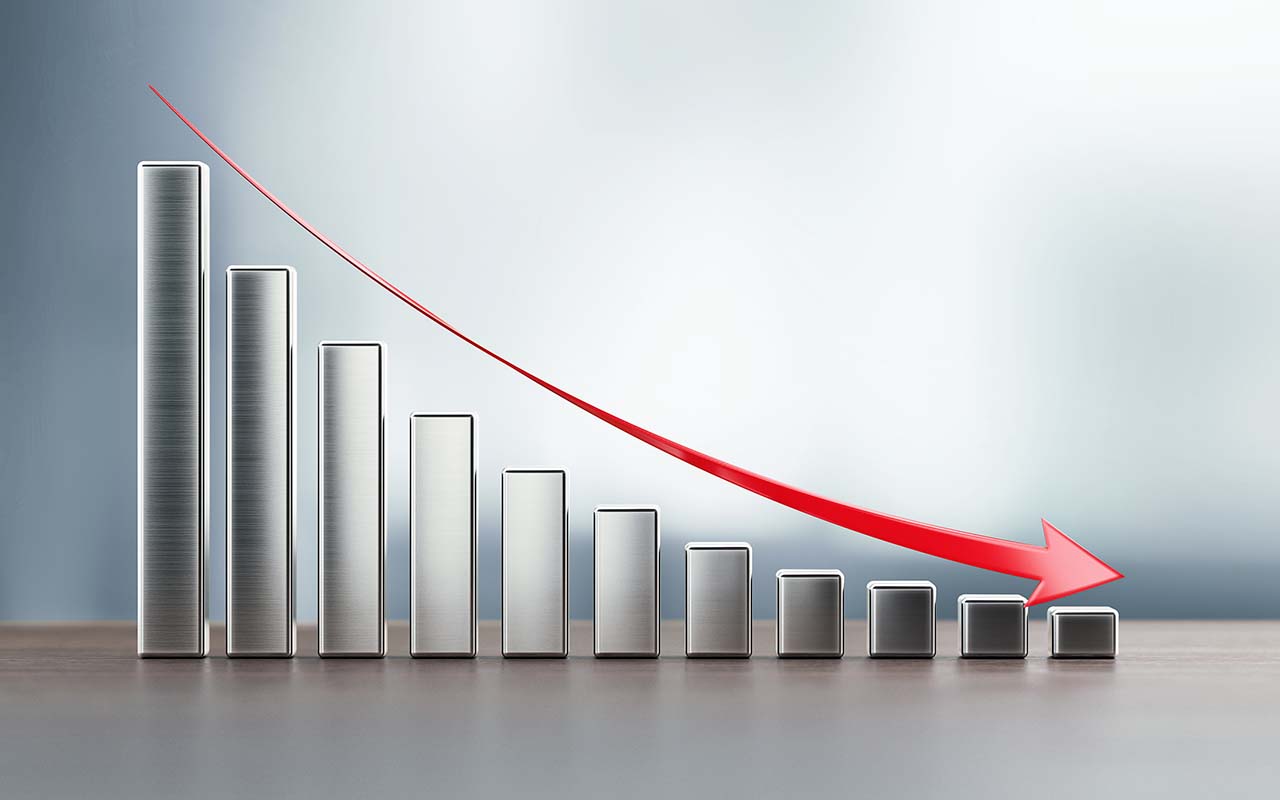
Stocks Face More Declines … But Not Much More
Scott Minerd, global chief investment officer at global asset management firm Guggenheim Investments:
"I think we still have downside room in the stock market. There is wholesale panic in the stock market, but even if we hit the next objective I have, which is around 2,100-2,200 on the S&P 500, we're only going to be down (38%).
"That is not what you would expect in a market like this; you would expect something more like 45% to 50%."
He also adds that the "publicly traded airlines are going to be a big political debate here."
"Over the last 10 years, in the wake of the financial crisis, airlines have bought back $45 billion of stock. Today the airline industry is asking for approximately $50 billion of aid to bail them out. This creates the potential for a political nightmare. The people who thought that the bailout of the big companies was bad in the financial crisis are going to look at this and say, 'Why don't we let these people just go bankrupt?'"
Source: Guggenheim Investments research report
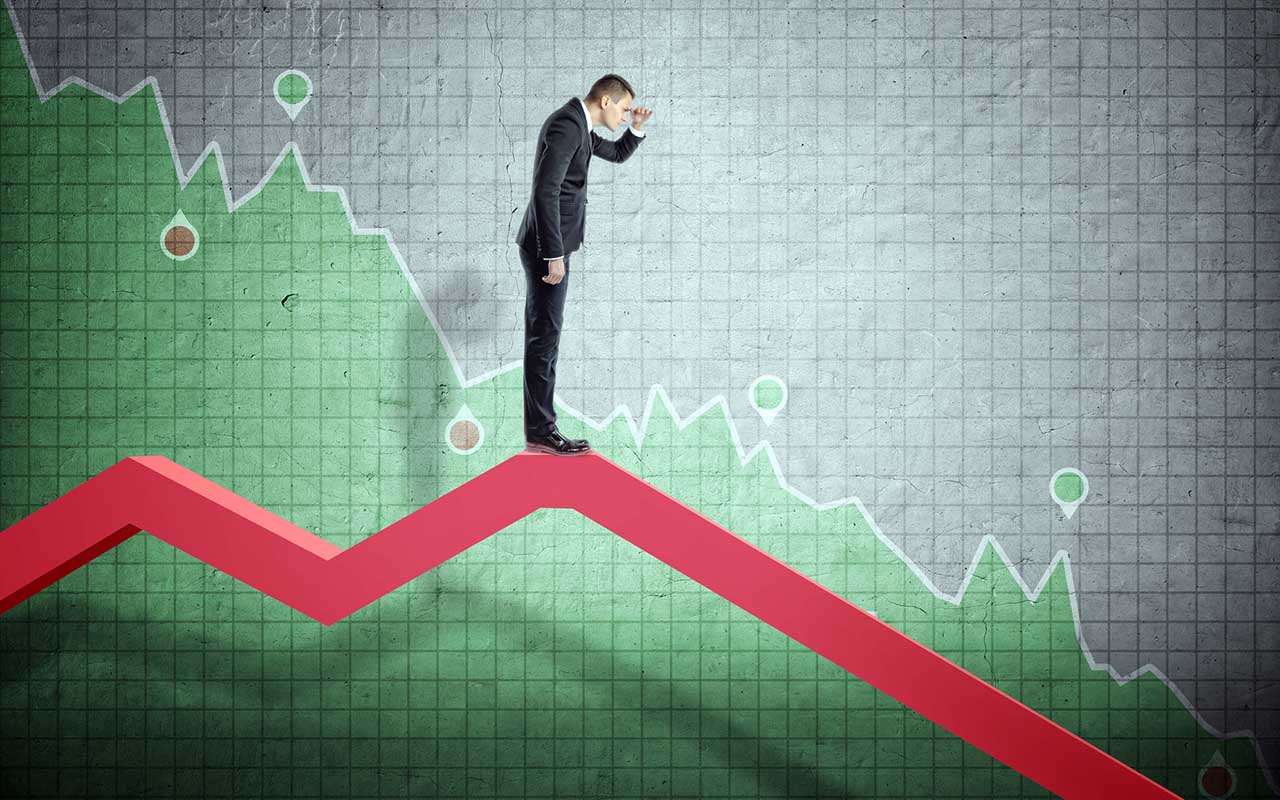
Market Could Dip by 50% to 60% Before Finding Footing
Daren Blonski, managing principal, Sonoma Wealth Advisors, a California-based wealth management firm:
"I can see the market finding support around 50%-60% down (from the highs). I think in the short run while we may get a bounce of 'optimism,' it's going to take some up and down to find the bottom.
"The virus, and implications from it, look to be here to stay. The economic damage from shutting down the economy will have lingering effects. Those calling for a V-shaped recovery still haven't embraced the facts. You can't just restart economic activity after the entirety of the U.S. has been quarantined. The markets will calm down, but there could be a resurgence of the coronavirus in the fall.
"Airlines are going to get crushed even with multiple bailouts. Once Americans really see what the possibilities of what this virus will do, they will take things more seriously. As a population, the U.S. has been largely economically dismissive of the implications of 'social distancing.' At the end of the day, Costco (COST) can't sell enough toilet paper to make up for shutting down America.
"Many of these companies, like the airlines, will have enough damage and won't be able to buy back their shares because they will be paying off debt. It's time to embrace the (U-shaped) recovery and make plans accordingly."
Source: Interviews
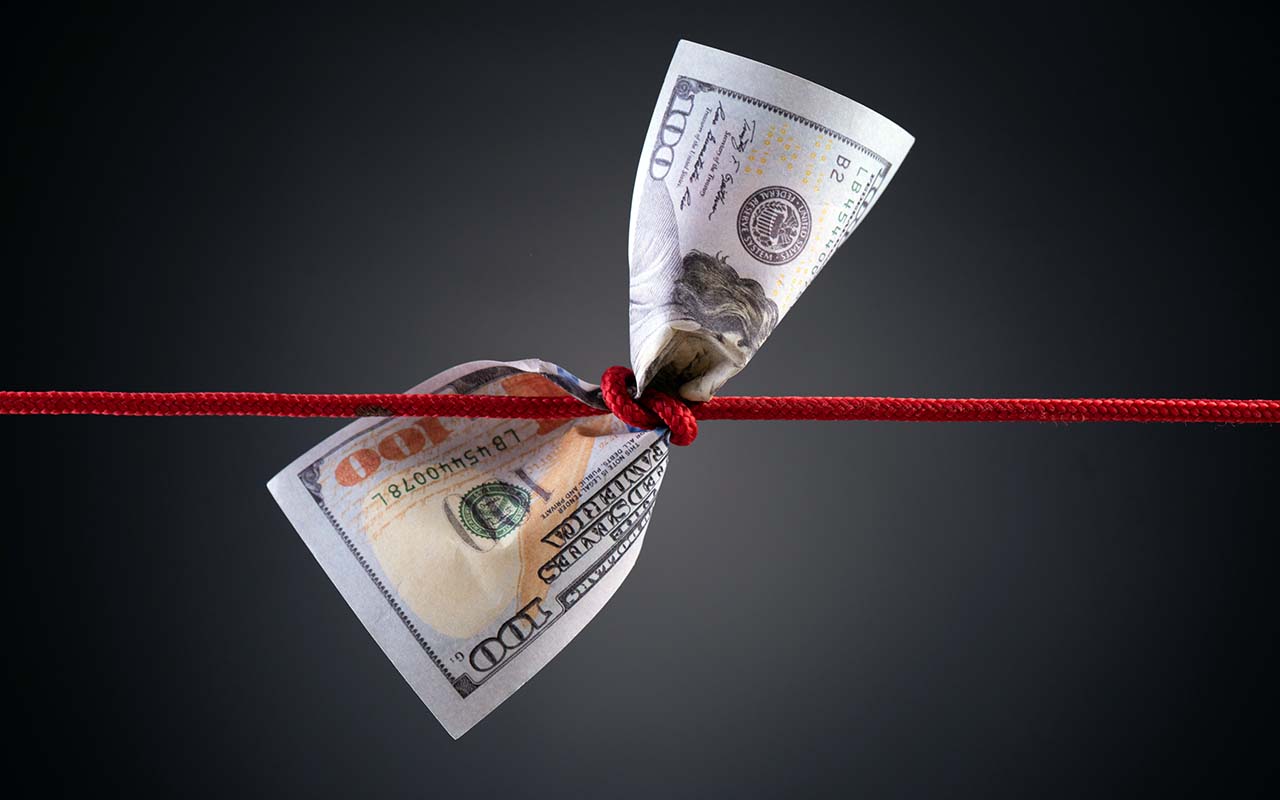
Economic Recession in Second, Third Quarters
Paul Christopher, CFA, head of global market strategy, and Brian Rehling, CFA, head of global fixed income strategy, Wells Fargo Securities:
"The Federal Reserve recently announced multiple policy supports for financial markets. Simultaneously, the U.S. administration and congressional leaders have accelerated legislative proposals to help support the economy and the coronavirus' victims.
However, "neither fiscal nor monetary policy steps – even aggressive steps – are likely to stop an economic recession, which we expect in the middle two quarters of this year."
Source: Interviews

S&P 500 Could Bounce Back to 2,800 by Year's End
Michael Underhill, chief investment officer at Capital Innovations in Pewaukee, Wisconsin:
"I look for the S&P 500 earnings integer to decline -10% year-to-year to $147 from $163 similar to the 2001-02 scenario, and for a sharp shrinkage in buybacks. Our FY2020 price target is 2,800, which is based on a 10- year Treasury yield of 1%, leaving the market on a forward price to earnings of 17.7: expensive on most measures, but this follows a collapse in earnings.
"I examined previous occasions when global credit spreads widened and the VIX index rose sharply: 2001 and 2007-08. There is good reason to look at these extreme events since there was a sharp decline in forward and trailing EPS. However, there was quite a difference in GDP changes and also multiple stock market corrections.
"The simple rule of thumb is the longer the blowout in credit spreads, the deeper the cut in forward earnings growth and subsequently much deeper weakness in trailing earnings growth. 2008 and 2015 produced very different credit stresses and changes in earnings estimates and P/E multiples. At the beginning of the month, we expected global earnings per share to be cut by around two-thirds, and we now expect a contraction of between 15% to 20%."
Source: Interviews

Global Recession Likely, 2020 GDP to Rise Just 1.0%-1.5%
Paul Gruenwald, global chief economist at S&P Global Ratings:
"As the coronavirus pandemic escalates and growth heads sharply lower against a backdrop of volatile markets and growing credit stress, we now forecast a global recession this year, with 2020 GDP rising just 1.0%-1.5%. The risks remain firmly on the downside.
"Since our last update, which was on March 3, the spread of the coronavirus has accelerated, and its economic effect has worsened sharply. Economic data remains scarce, but the long-awaited initial figures from China for January and February were much worse than feared. The spread of the virus, which the World Health Organization declared to be a pandemic on March 11, appears to be stabilizing in much of Asia. However, the increasing restrictions on person-to-person contact in Europe and the U.S. have sent markets reeling as risk-aversion rises and views on economic activity, earnings, and credit quality deteriorate sharply.
"As a result, we now forecast a global recession this year, with annual GDP rising 1%-1.5%."
Source: S&P Global Research report
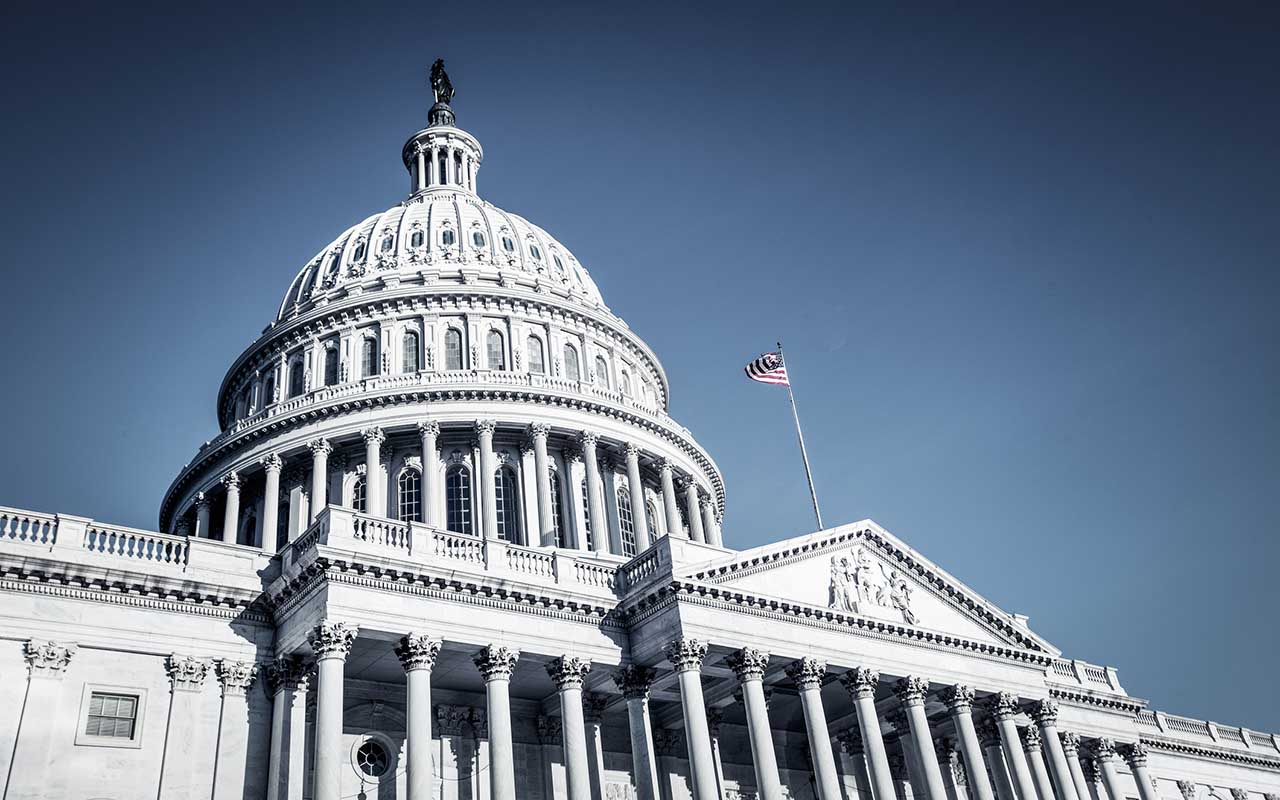
Market at Bottom If Stimulus Package Resolved
Thomas Hayes, chairman of Great Hill Capital in New York:
"If we can see cases peaking in the next three to six weeks and the stimulus package is large enough to hold people over ($1 trillion to $2 trillion), we may be very near the bottom (in the stock market) right now. Right now, the market has already discounted a considerable amount of economic contraction.
"If the virus goes on beyond what we have seen in China (in time), it is possible we could drop another 5% to 10% (decline), but that is a lower probability. There is no way to perfectly handicap this (until you know what the case curve/duration looks like), but regardless of what the general market does in coming weeks, I see opportunity on a company-by-company basis now and am nibbling each down day and sitting tight each green day.
"Here is what is needed for a big turnaround: 1.) A $1 trillion fiscal stimulus package passed (to start), 2.) An antiviral/treatment approved for severe cases, 3.) New cases peak in the U.S., 4.) Ideally, OPEC+ reverses its decision and cuts production. They are not doing themselves any favors right now. 5.) Vaccine needed, ideally by fall."
Source: Interviews

S&P 500 Could Dip Another 10%-15%
Andrew Smith, chief investment officer, Delos Capital Advisors, a Dallas-based wealth management firm:
"The major indices have set the record for the fastest decline in history, with nearly 30% of value erased from the February peak. While it is probable that we've experienced the majority of the drawdown, we expect further declines based on extreme volatility readings across stocks, bonds and gold.
"We've warned investors that this is not a buy-the-dip market and should be mindful that they could see an additional 10%-15% loss from current prices." That implies S&P 500 levels between 2,074 and 1,959.
Source: Interviews
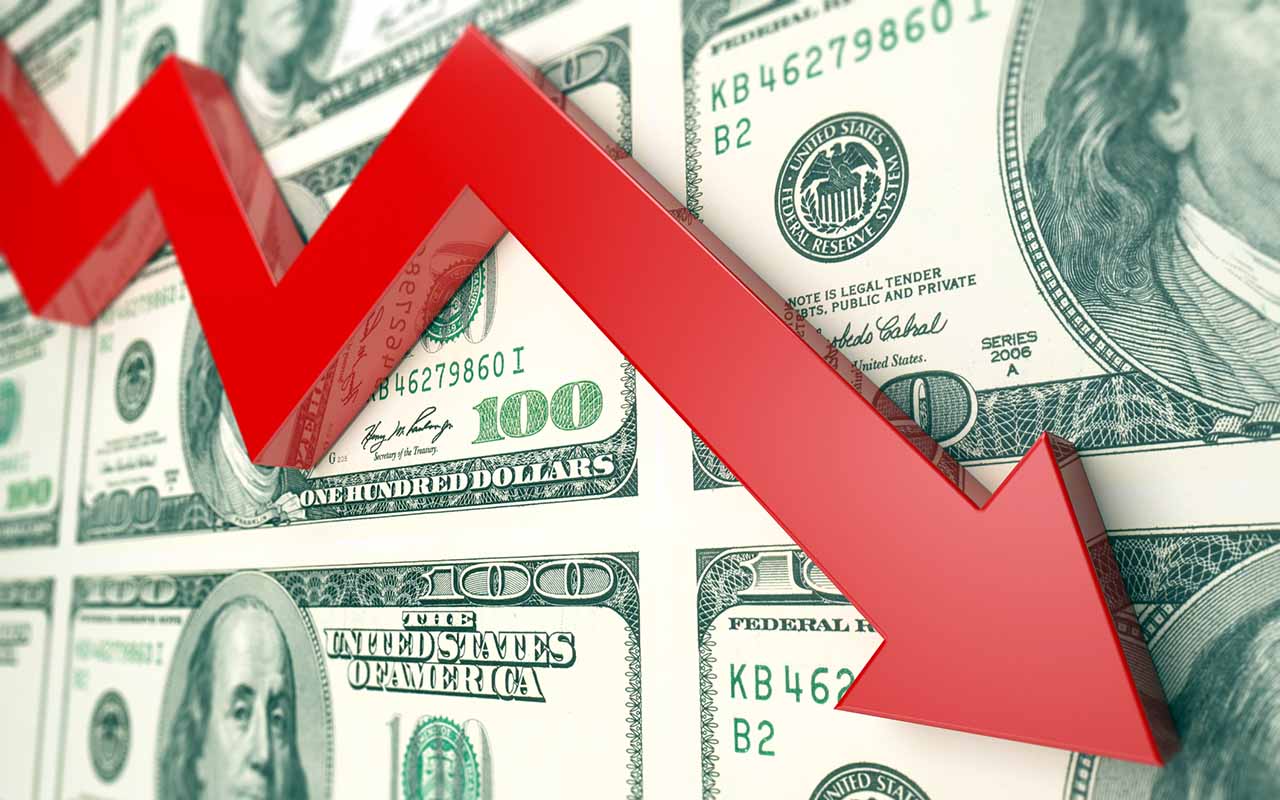
Charts Say Dow Could Plumb 15,000
Dan Shaffer, CEO, Shaffer Asset Management, a Greenwich, Connecticut-based wealth management firm:
"I anticipate that the market could rally into June with a 25% to 33% rebound to around 23,500. But after this rally, I anticipate a further decline in the Dow to 15,000 based on the Elliott Wave Theory."
Elliott Wave Theory is a chart-based theory that examines stock market cycles and predicts trends by following factors such as investor psychology. The theory says that markets move in "waves," and more acutely, that they move in recurring patterns that can be used to determine future movements.
Source: Interviews

If You're Buying, Nibble, Don't Chow Down
J.J. Kinahan, market strategist, TD Ameritrade
"This is a very dangerous market to venture into and arguably should only be traded in small increments, possibly by scaling in and using dollar-cost averaging. It very well might get worse before it gets better. Try to keep your composure, even if it's hard to do.
"Anyone taking a new position should probably consider widening their levels with this high volatility. Swings are likely to stay dramatic for a while. Widening levels means expecting things to move higher or lower more sharply and quickly than normal, so be aware of what you're comfortable potentially losing and the duration you're thinking about. If it's for the long-term, be ready to suffer a little now and keep your eye on the ultimate destination.
"The problem really is we just don't know anymore. And until we really know where things are at, you may see people who just want to have as much cash as possible."
Source: TD Ameritrade commentary
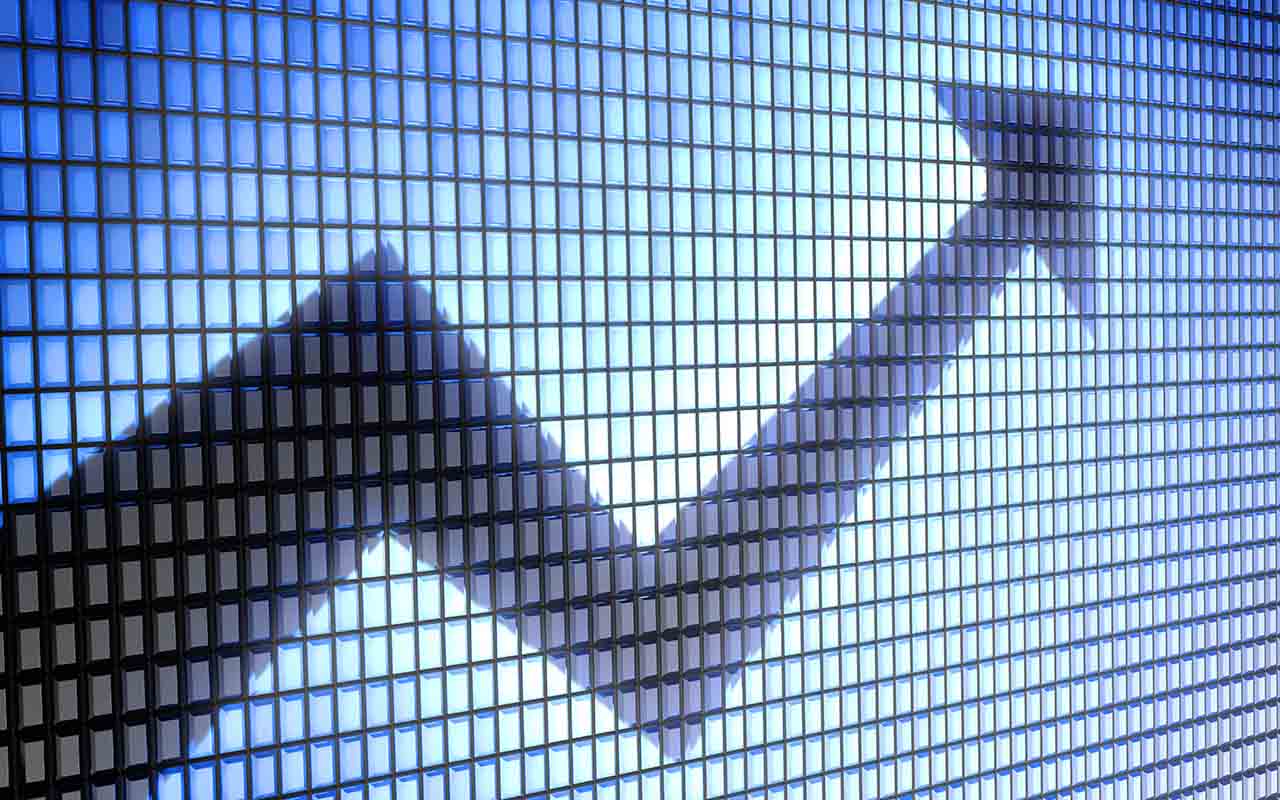
S&P 500 Close to the Bottom
Bill Page, senior portfolio manager, Essex Investment Management, a Boston-based wealth management firm:
"Almost all the sentiment indicators are at 2008 levels, as are market internals. The level of de-grossing by systematic players is massive and reaching exhaustion. Net exposure levels are the lowest in a decade. (S&P 500) dividend yields reached four times the 10-year Treasury. I've never seen greater than 1.5 times.
"Surface and simplistic extremes are everywhere. And yes, I do think they have value in predicting that we are at a bottoming range. I think Thursday (a down day but had some positives we hadn't seen) and today were the beginning of the bottoming process, and I expect the (S&P 500) to trade around the 2,350-2,800 area for a while – a tradable range no doubt for the major indices, but the true opportunity lies in individual names.
"We believe we are close to an equity market bottom, and any retests of market lows will be caused by the COVID-19 cases and panic spiking. The market and the COVID crisis are linked, and the associated economic dislocation could well be unprecedented in postwar time. This economic contraction could not be more dissimilar than 2008, as it is entirely demand-led as the consumer will hit the proverbial wall on spending.
"Given historically high monetary and fiscal stimulus, we do expect a robust recovery about two quarters post the COVID curve peak."
Source: Interviews
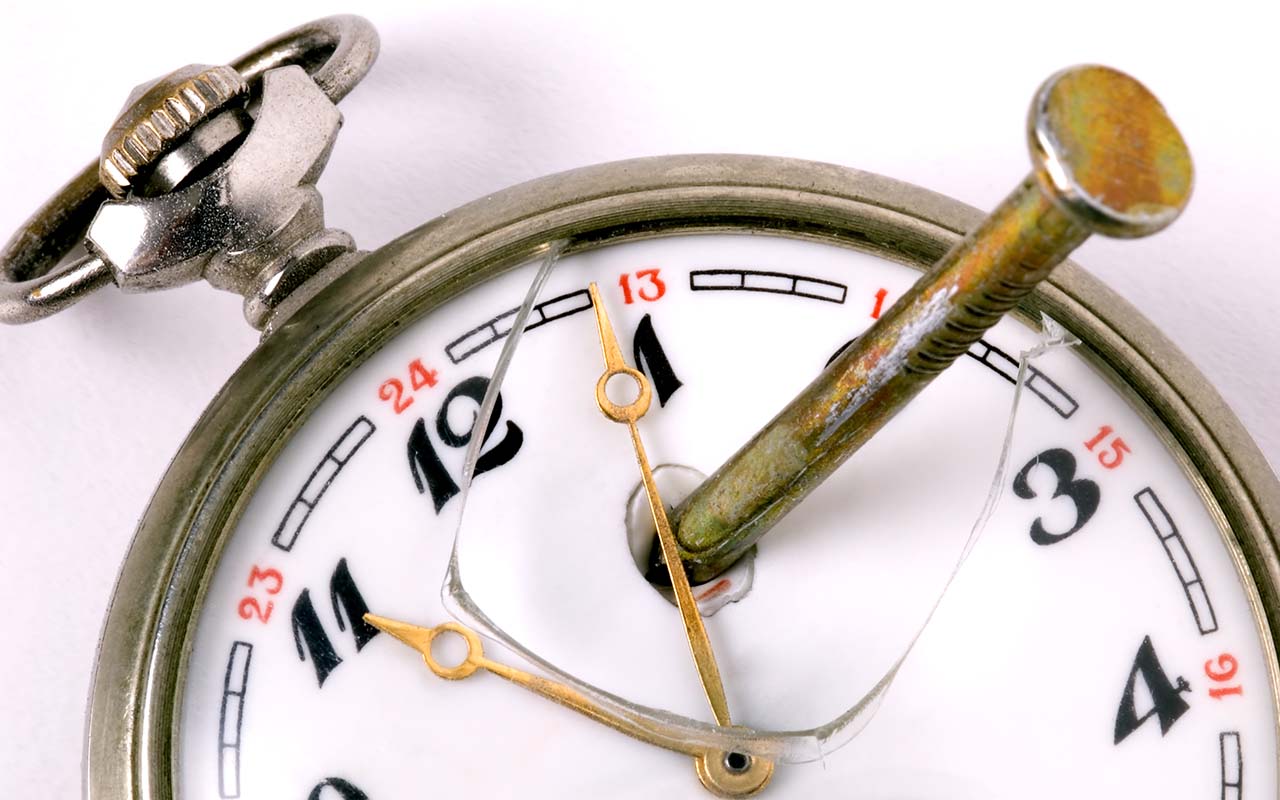
Whatever You Do, Don't Time the Market
Mike Loewengart, managing director, investment strategy at E*Trade
"March came in like a lion with extended market volatility due to the coronavirus pandemic, pushing us into our first bear market in a decade. After several years of pondering the questions of how much longer the economic expansion will last and if a recession is imminent, we have answers. But much like questioning the end of the bull market, now the questions arise of how low will we go and when will we see a comeback.
"For context, we saw an approximately 58% decline in 2008 and today we're sitting around -30%. While no one knows the extent of the economic damage the coronavirus will take on companies and, ultimately, stock prices, we can be reasonably confident that when the pandemic is over, business will resume and we'll see a return to cash flows, profits and dividends for owners. Also, cheap oil, low interest rates and accommodative fiscal and monetary policy are conducive to gains down the road for investors that keep their cool and stay focused on the long term.
"Bottom line: It's hard to say how low the market will actually dip, so as investors navigate the next few days, weeks and months, remember that timing the market remains as elusive as ever. The most prudent course of action is typically to only rebalance a portfolio to realign with target allocations, and if needed, reassess tolerance for risk."
Source: Interviews
Get Kiplinger Today newsletter — free
Profit and prosper with the best of Kiplinger's advice on investing, taxes, retirement, personal finance and much more. Delivered daily. Enter your email in the box and click Sign Me Up.
-
 Designing Your 'Immortal' Financial Plan
Designing Your 'Immortal' Financial PlanExplore an approach that offers solutions for those navigating the intersection of longevity, fulfillment and financial security.
By Dennis McNamara
-
 How to Protect Your Privacy While Using AI
How to Protect Your Privacy While Using AIHow to keep your information and finances safe while using AI, including ChatGPT and Perplexity.
By Bob Haegele
-
 Stock Market Today: Stocks Struggle Amid Tariff Uncertainty
Stock Market Today: Stocks Struggle Amid Tariff UncertaintyBoeing dropped after China suspended new aircraft orders, while Bank of America and Citi climbed on earnings beats.
By Karee Venema
-
 Stock Market Today: Stocks Gain on Tech, Auto Tariff Talk
Stock Market Today: Stocks Gain on Tech, Auto Tariff TalkThe Trump administration said late Friday that it will temporarily halt tariffs on some Chinese tech imports.
By Karee Venema
-
 Stock Market Today: Stocks Surge to Close a Volatile Week
Stock Market Today: Stocks Surge to Close a Volatile WeekIt was another day with a week's worth of both news and price action, but it ended on a strongly positive note.
By David Dittman
-
 Stock Market Today: Uncertainty Proliferates: Dow Loses 1,014 Points
Stock Market Today: Uncertainty Proliferates: Dow Loses 1,014 PointsWeaker-than-expected consumer inflation data wasn't enough to stabilize sentiment during another volatile day for financial markets.
By David Dittman
-
 Stock Market Today: Tariff Pause Triggers 3,000-Point Dow Rally
Stock Market Today: Tariff Pause Triggers 3,000-Point Dow RallyThe bond market is sending concerning signals as the Trump administration executes its rapid reordering of global trade relationships.
By David Dittman
-
 Stock Market Today: Tariff Talks Drive Another Up-and-Down Day
Stock Market Today: Tariff Talks Drive Another Up-and-Down DayTrade war negotiations are happening, but the "fear gauge" is gyrating, and investors, traders and speculators are still searching for signs of a bottom.
By David Dittman
-
 Stock Market Today: Trump Pushes Dow Into 2,600-Point Swing
Stock Market Today: Trump Pushes Dow Into 2,600-Point SwingTariffs and trade war weigh on prices across global financial markets, with little light at the end of the tunnel.
By David Dittman
-
 Stock Market Today: Dow Drops Another 2,231 Points to Hit a Correction
Stock Market Today: Dow Drops Another 2,231 Points to Hit a CorrectionThe Nasdaq Composite, meanwhile, entered a new bear market with its latest slide.
By Karee Venema
